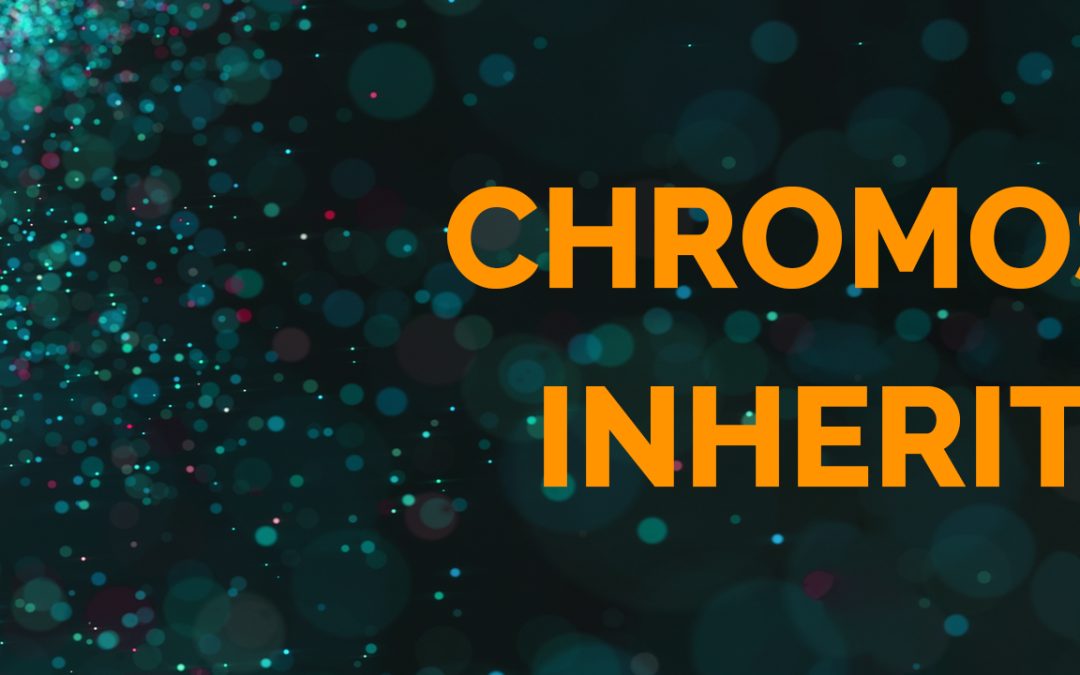This week we want to tell you about something cool and ultra-realistic we are implementing in V2 of the game.
So, you all probably know by now that Legacy’s horses have ~600 genes, and almost everything in the game is inherited genetically. You might even know that we have a handful of linked genes in the game as well (if you don’t know what that is, I will explain further down). But, as is, most of our genes are inherited independently, that is, they are not linked.
Well, I mentioned to Whitney one day that that really isn’t realistic, because in reality horses have 32 pairs of chromosomes, and all their genes are lined up on those chromosomes, so many are actually linked.
She took that as a challenge, and, ya’ll, let me say I am SO proud of her. She went and read up on how chromosome linkage and recombination work, and she figured out how to put all our genes on realistically functioning ‘digital chromosomes’ in the V2 code!
What does that mean? Let’s dive into a little bit of chromosome biology.
So, like I said, in real life, all of a horse’s genes are located on 32 chromosomes. That’s tens of thousands of genes, all funneled down to 32 strings of DNA.
Yes, a chromosome is essentially one really long string of DNA, with ‘beads’ of genes all strung on it. This means that all genes located on the same chromosome are physically attached to each other, and they are in a specific order. Like in the image below, where genes A and B are linked, but C is not linked to A or B.

Now, each chromosome exists as a pair of homologous chromosomes. This means there are essentially two copies of every chromosome, but they aren’t exactly copies. The genes on them are all the same, but they can have small mutations between them. Those mutations make different alleles of the same gene, like a Cr/N horse, for example. One homolog has the Cr allele, the other has the N allele. It’s all the same gene, there are just minor differences between them.
Now let’s talk about meiosis. Meiosis is the special kind of cell division that produces oocytes (or eggs) and sperm. Eggs and sperm, because they eventually fuse to create an embryo, must each carry exactly one half of a whole genome, so that when combined they make a whole. So, they each must have just one of each homologous pair.
Which of the two homologs do they get then? It’s random. So, if you compare all the sperm in a stallion’s straw, each individual sperm will have a random assortment of alleles.
Bringing linkage back in, imagine your stallion’s chromosomes look like this:

We’re looking at the Extension and KIT genes, and this stallion’s genotype is E/e SAB1/N. But, we can see from his chromosomes that E and N are on the same homolog, and e and SAB1 are on the same homolog. So, E and N are linked, and e and SAB1 are linked. This means, if you looked at his sperm, all should be E+N or e+SAB1, which means he won’t produce black or bay sabinos without the right mare!
But, that’s not quite what happens, because of a thing called recombination. You see, during meiosis, the homologous chromosomes all pair up and swap pieces with each other, shuffling up the alleles a bit. Where the swap happens varies, but this means there is a chance it will happen between the Extension and KIT genes, and then you could get E+SAB1 or e+N sperm!
Each pair of chromosomes typically recombines once or twice in each gamete (sperm or egg), and how likely that is to happen between genes depends on how close the genes are to each other on the chromosome. So, genes really far apart on a chromosome are almost always guaranteed to have a recombination between them, while genes right next to each other rarely recombine.
This is what we’ve simulated in V2. All of our genes will now be condensed down to 32 chromosomes, and, every time a foal is born, the game will simulate a recombination event on each parent’s homologous chromosomes, in a random place.
What does all this mean for the game and gameplay though? Honestly, players probably won’t notice much difference because you can’t see the majority of genes anyway, but, even though we were already miles ahead, we can safely say no other game comes close to Legacy’s genetics. And there’s a lot that can be learned from the game!

